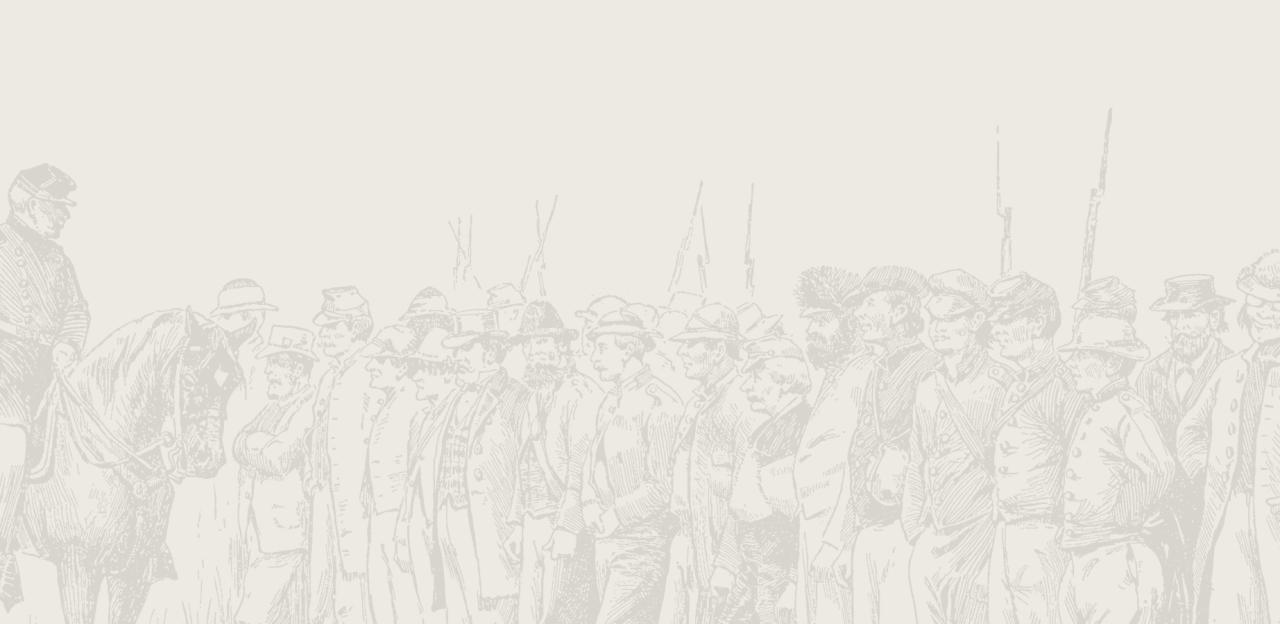Gaines’ Mill

The Battle of Gaines' Mill
Despite holding off Confederate attacks at Beaver Dam Creek on June 26, 1862, Maj. Gen. Fitz John Porter and his V Corps abandoned their position early the next day. The sudden display of Gen. Robert E. Lee’s aggressiveness had shaken Maj. Gen. George B. McClellan's confidence in his plan to capture Richmond, just seven miles away. Also, the word that Maj. Gen. Thomas J. “Stonewall” Jackson's troops were lurking somewhere off to his right and rear convinced McClellan that his lengthy supply train and heavy siege guns were vulnerable to capture.
In the pre-dawn hours of June 27, the commander of the Army of the Potomac issued a flurry of orders to his subordinates to move or abandon their supply trains and pull back to the James River “to a new base of supply,” where they would be protected by artillery from naval gun boats. Though he would never admit it, McClellan was retreating; the campaign to take Richmond was over.
To Porter, his most trusted subordinate, McClellan assigned the task of holding the rearguard of the Federal army north of the Chickahominy River. Dawn broke over Porter’s men as they withdrew four miles southeast past a mill owned by William Gaines and crossed marshy Boatswain’s Creek. Porter, with around 34,000 men and his back to the Chickahominy, was outnumbered by Lee's nearly 60,000 men. However, the clear, high ground south of Boatswain's Creek around the Watt and Adams family farms gave Porter good open ground to place artillery, and his infantry used the banks of the creek to their advantage. The Federals were arrayed in an arc roughly one and three-quarters of a mile long. Though slightly weaker than the position on the 26th, Boatswain's Creek was still an obstacle, and the largely open farmland provided excellent fields of fire. With his troops aligned for battle, Porter was determined to withstand whatever the Rebels threw at him, "even to my destruction."
Lee was determined to take advantage of the opportunity in front of him. Again, Porter's corps was isolated north of the Chickahominy and this time Lee intended to destroy it. The Virginian sent word to Jackson to link up with the main force before advancing on Porter. That afternoon, a series of disjointed assaults by the divisions of Brig. Gens. A. P. Hill and D. H. Hill demonstrated the strength of the Federal position and yielded some of the highest casualties the war had yet seen. Additional brigades under Brig. Gen. Richard S. Ewell and Maj. Gen. James Longstreet also pitched into the fray, but were unable to breach the Yankee line.
Meanwhile, Porter's men held firm but were badly in need of reinforcement. When a division from the VI Corps and two brigades from the II Corps finally arrived, it was too little too late. By then, Jackson's men had arrived on the field and lent their weight to a massive twilight assault by 32,000 Confederates, their largest frontal attack of the war, that ultimately overran the Union position. As Porter’s lines fell apart and fell back to the Chickahominy, over two dozen artillery pieces were captured by the Confederates, and nine Union regimental commanders were killed or wounded.
Only darkness prevented a total catastrophe. Under the cover of night, Porter's men limped across the river and joined the rest of the army. The bloodiest day of the campaign, with 15,000 combined casualties in six hours of fighting, ended with Lee’s first victory as commander of the Army of Northern Virginia.


